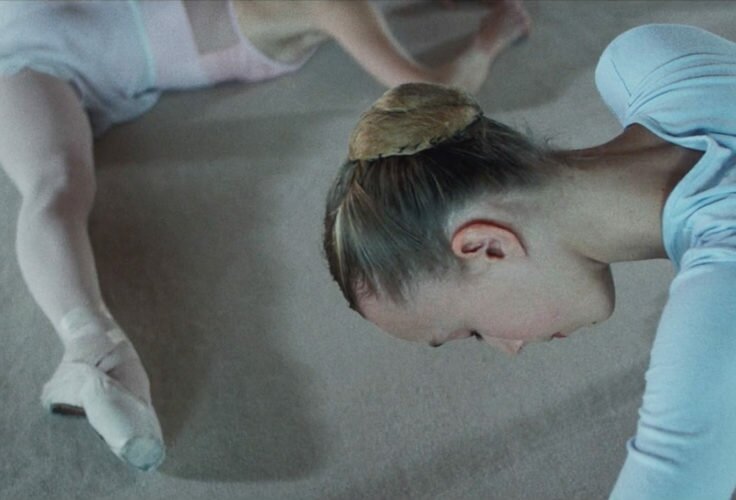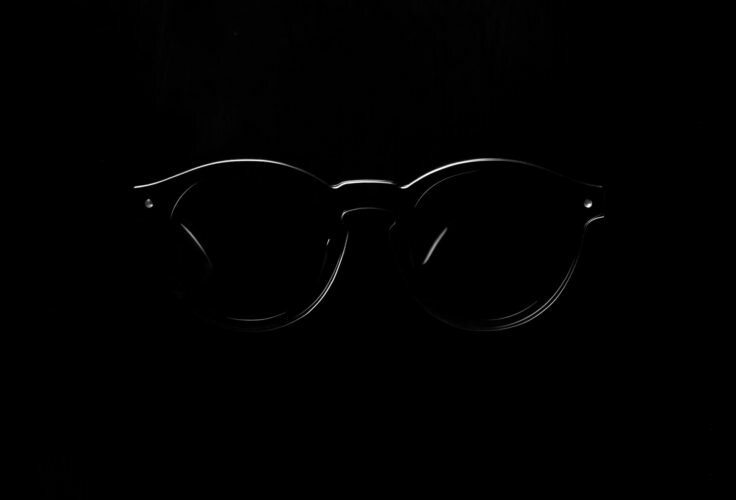Drake ha hecho un videoclip sobre recibir un tartazo en la cara, Child’s Play. Tyra Banks es la lanzadora. Y Ben Tuthill el testigo.
vs.

Western
identity
Do we really need to do this again? , a new discussion about cultural appropriation. This time though maybe it actually matters. Police violence in America, terrorism in Europe, a global refugee crisis… Now more than ever is the time to talk about the use of othered bodies in music videos. Borders is either M.I.A.’s most conscientious or most exploitative project yet. Or, as these things tend to go, it’s some combination of both.
There’s maybe no one else in pop music as invested in non-Western identity as Maya Arulpragasam. You don’t need to turn to her racial identity to prove that point; just look at her career. After coming into accidental top-10 success off a , M.I.A. responded to her unexpected fame by releasing a set to a noise track based around a Suicide sample. She promoted her much-hyped third album (a messy collection of borderline unlistenable agit-pop) with one of the least flattering New York Times Magazine features ever written. She released in the unmarketable middle of a three-year hiatus. Since then her most notable release was an about teenagers making assault rifles on digital printers. In ten years there’s hardly been a moment when she wasn’t engaged in anti-American culture jamming. I’ve got to imagine that her managers hate her.
Being a pain in the industry’s ass doesn’t excuse you from cultural objectification. But I think it’s evident that whatever M.I.A. cares about, it’s much more than her image’s salability. Even at her most normal, she’s happier on the sidelines of her work, sitting back with her sunglasses on while the cool kids take center stage dancing. She’s less a vocalist than she is a curator. Her curation tends in a disruptively non-Western direction, and she’s better than anyone at picking out the sonic and visual vibrancy of non-assimilated third-world identity.
There’s none of that vibrancy on display in Borders. The stars of this show aren’t dancers or red-headed militants or Arab-style drifters: they’re bodies. Nothing more or less. Just bodies, bodies in piles, bodies in boats, bodies on fences, bodies en masse. Next to M.I.A., who’s dressed throughout in vibrant colors and a smirk, they seem entirely unrelatable: cropped hair, plain clothes, blank stares (and brown skin; this shouldn’t impact relatability, but for M.I.A.’s average viewer it does, and she knows it). It would be wrong to say that they’ve been stripped of humanity (to the contrary, the impact of Borders is that its bodies are so staggeringly human). But they’re unrecognizable humans, recognizable only in that they’re human. I can only relate to them as “others”.
To respond to a humanitarian crisis by filling a video with alienating, all-male humanity is a harsh move on M.I.A.’s part. Instead of taking the typical pop humanitarian route of fetishistically “humanizing” the population in question, M.I.A. opts to make them as distant as possible. There are no traditionally vulnerable categories in Borders; no women, children, old people, pets, families. She gives her viewer nothing to sentimentalize. All we have is a mass of impossibly human bodies pouring toward us. She denies the mainstream progressive route of alleviating conservative worries through “humanization” and instead confirms Trump and Cruz and Le Pen’s worst fears: bodies are coming, now, and you are going to have to do something about it.
Is she fetishizing the immigrant body? Absolutely. But that’s the challenge that Borders throws at us: as a Westerner, how can you do anything else? You hear a statistic about a coming influx of other men and what can you feel anything but a tightening of your identitarian impulses? “Immigration” doesn’t mean an encounter with humanity. It means job loss and crowding and violence. We let those definitions manifest on the story-less, unrelatably other bodies of brown-skinned men. “Boat people” can only be props for us, can only be the representation of an idea, can never be really human. “Humanity” only comes through assimilation.
Assimilation, or a rejection of the structures that demand assimilation. That rejection defines the violence of M.I.A.’s narrative that’s been present from Bucky Done Gun to Double Bubble Trouble. As the chorus goes –“Guns blow doors to the system, yeah fuck ‘em when we say we’re not with ‘em”–. There are no guns in Borders, but maybe that’s because a gun wouldn’t be necessary. A body is a weapon. An othered body is a revolutionary act in itself. M.I.A. has spent her entire career weaponizing her celebrity as lethal poison for the Western system. And now, as more than four million refugees come crashing against Europe’s borders, she’s raising her eyebrows. They’re not props, they’re back-up.
by Ben Tuthill
























